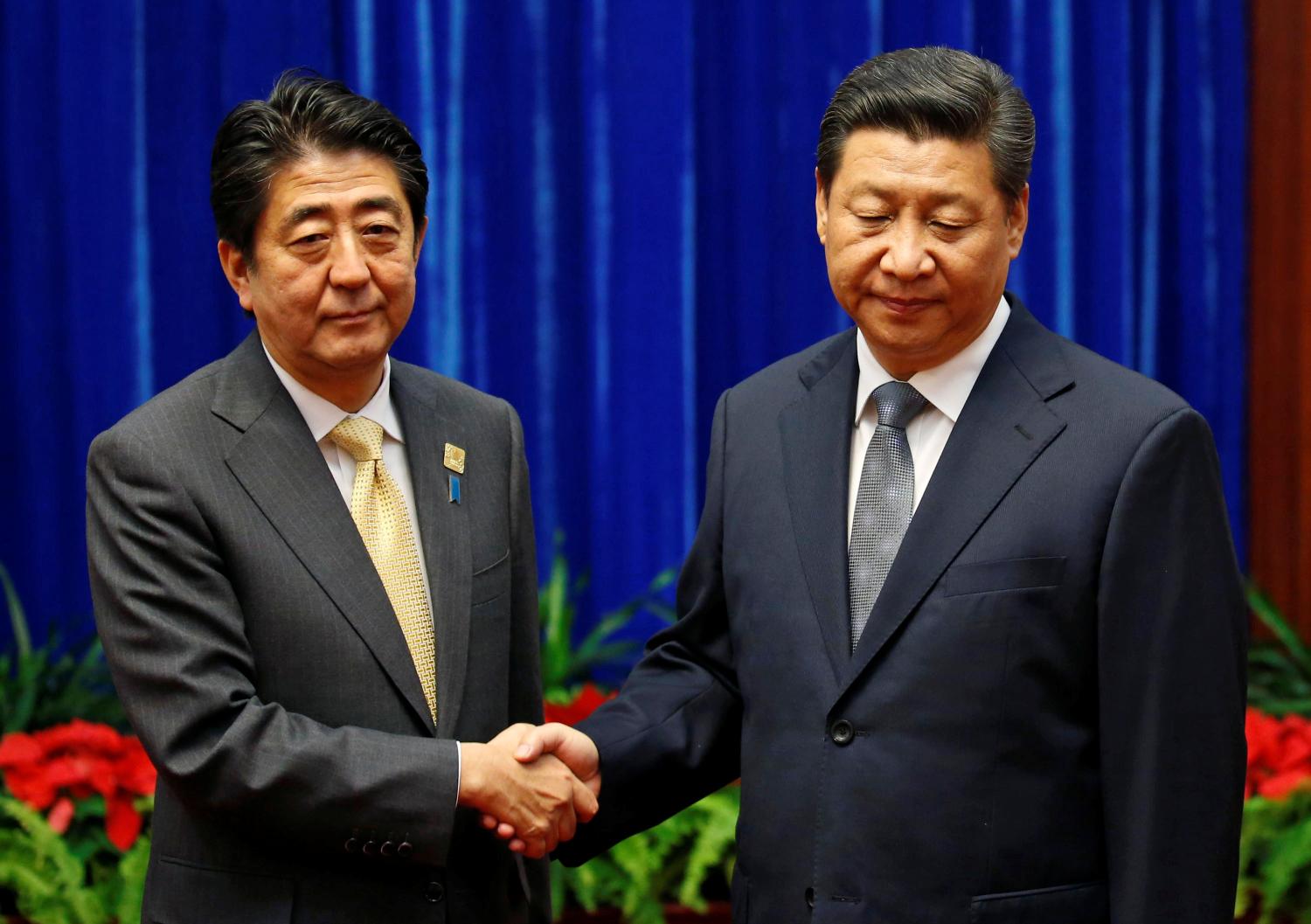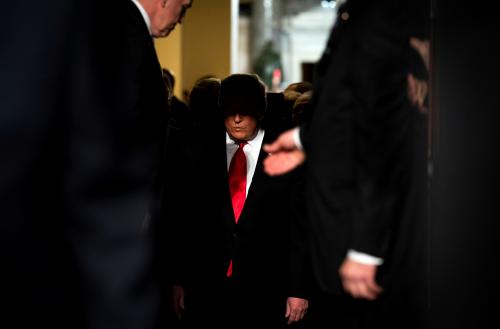Introduction
This study provides American policymakers with strategic insight on how to embrace Japan as a prime ally in countering a rising China.[1] The post-World War II order in East Asia, strategically centered on the U.S.-Japan bilateral alliance, is largely intact. Japan is not only a keystone of U.S. security policy toward East Asia, but also a critical hub of the U.S. global military network of bases and facilities. Japan also has become a chief supporter of U.S. foreign policy since the invasion of Iraq in 2003, which strained American relations with Russia, China, and European allies, with the notable exception of the United Kingdom. The United States needs to anchor Japan in the global network and to utilize its political support and limited but significant military power as a supplementary or complementary resource to buttress U.S. global leadership. This challenge is especially acute in East Asia; the United States cannot afford to ignore the geo-strategic implications of an impending power challenge or shift in the region as China gains economic and military strength.
Yet, to many American policymakers, Asia is still a “black box.” Americans are unfamiliar with Asian history in general, and more specifically, American policymakers are not fully aware that the Japanese state identity is the primary determinant of Japan’s vital national interests and therefore drives its grand strategic choices. Only by grasping this identity from a macro-historical and geo-political perspective, as fully explored and elaborated in this paper, can the United States secure Japan as a reliable partner and to effectuate a more durable bilateral alliance. If the U.S. fails to follow such an approach, or if it achieves only a superficial understanding, it will alienate Japan and will bring about the dissolution of the indispensable bilateral alliance.
The Brookings Institution is committed to quality, independence, and impact.
We are supported by a diverse array of funders. In line with our values and policies, each Brookings publication represents the sole views of its author(s).



